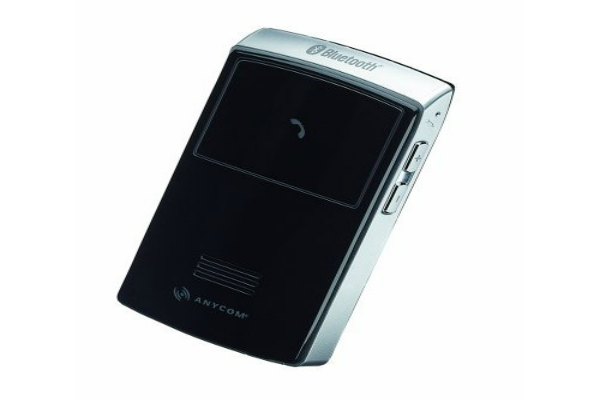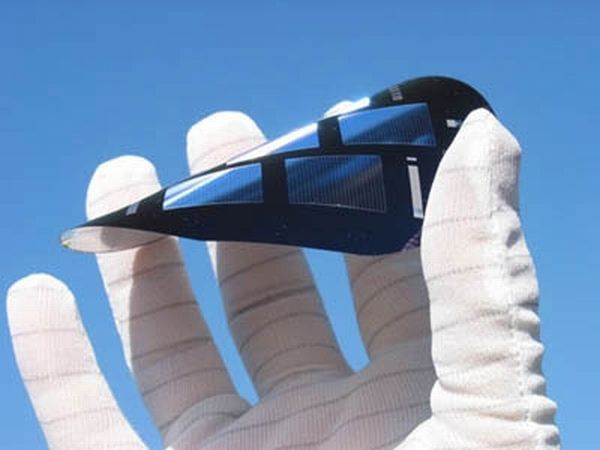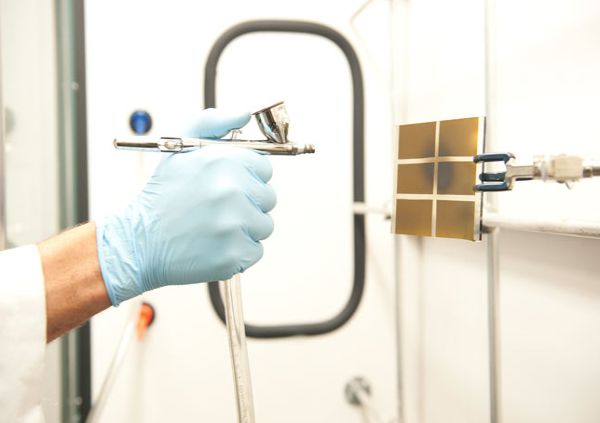
What’s happening right now?
Everyday, the sun comes out and showers our planet with ample energy to satisfy our power needs. We humans have been harnessing the sun for generations for various reasons. There are numerous benefits of generating power by solar energy including the availability, environmental benefits and cost benefits. The disadvantages of installing the solar panels and increasing the efficiency are omitted by advancement in solar technology. The spray on solar cells is the most recent and new-fangled idea among the solar technologies, which is popularly being used by many solar companies. The spray on solar inks can be dispersed over the windows and even the exterior walls of a building converting them into solar collectors.
Unlike conventional solar panels that are made up of silicon mainly, the thin film solar technology that is implied by the spray on solar cells makes use of nano-particles that can be applied on flat surfaces of any part of the building, which face the sun. Thus they can further provide the entire building with enough power that is required inside.
Trends
1. Spray-on solar cells can provide green electricity for microscopic machines

A team of scientists at the University of South Florida has built the tiniest solar cells that are just 1 mm long. These small solar conductors can provide power to tiny microscopic machines. These can be painted on any surface, which is exposed to sun light. Nearly 8 volts of electric power is produced by an orderly arrangement of 20 such solar cells. These solar modules were constructed out of an organic polymer that were easily diluted and sprayed on any material. These solar cells are able to power tiny devices or sensors used for detecting any leakage of chemicals and other applications.
2. Spark Solar Australia’s solar cell manufacturing project
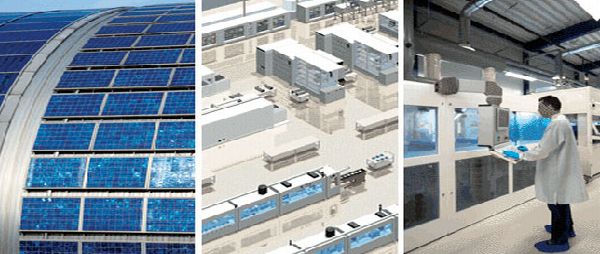
A research team from Australian National University, in partnership with Spark Solar and Braggone Oy, has developed spray on solar cells, which will cost less and will be more efficient than present day’s solar panels. The firm has developed a new method by using a spray hydrogen film as well as a spray-on anti-reflective film that travel along a conveyor belt in lieu of plasma and a vacuum that makes the traditional cells costly. These solar cells can be sprayed on windows, walls, and car bodies helping people to make efficient use of the renewable energy.
3. Paintable thin-film photovoltaic cell by EnSol

A team of researchers at the University of Leicester working together with Norwegian solar company, EnSol, has manifested a thin film solar technique using nano-particles made of metal instead of traditional silicon that can be painted on windows, facades and the roofs, which are directly hit by sunlight during the day. These surfaces once sprayed with the nano-particle solar film act like powerful solar cells and tap sun’s energy converting it into green electricity. The solar company expects to get 20 percent solar cell efficiency and claims that their product would be commercially available by 2016.
4. Nano-ink processed solar cells by University of Texas
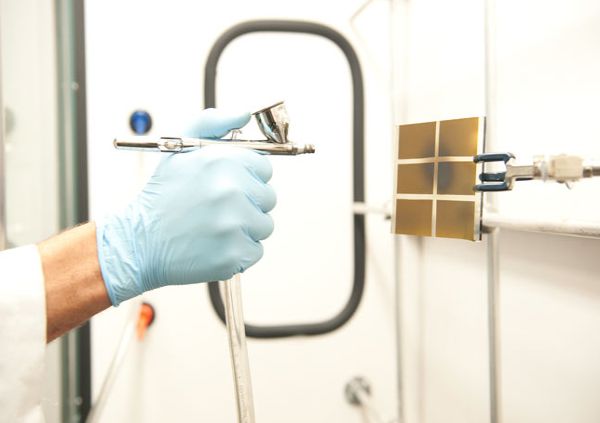
A research team of University of Texas headed by Brian Korgel, who is a chemical engineer at UT, has developed printable photovoltaic ink. This ink makes use of copper indium gallium selenide (or CIGS). These sunlight-imbibing nano-crystals of solar cells are 10,000 times slenderer than a single strand of human hair. A solution of these nano-particles is then made, which can be easily spray painted on any surface making it a power generator. These cells are expected to give an efficiency of 10 percent with a reduced price.
The concept:
The spray on solar cell technique is now very popularly being practiced by various solar firms, as the process is unique and simple. This technology can make the windows, roofs, facades, etc. of your edifice energy-producing units. The spray on technology is not limited to buildings only but can also be sprayed onto your clothes to power your small wireless gadgets like cell phones, iPods, etc. Alternatively, a thin coating of the same could be applied on your EV that can recharge the car’s battery.
The advantages:
The spray-on solar cells are much more efficient than the conventional solar panels and can generate sufficient electricity. There will be no hassle in installing this solar technology as the solar ink can be effectively sprayed on any of the exposed surfaces with an ease, producing portable electricity. The most extraordinary advantage of the spray on solar films is that they can harness even the infrared rays from the sun and therefore the clouds cannot now hinder in the production of green electricity.
The impact:
Earlier, the solar technologies faced the high price, less efficient and maintenance disadvantage and therefore few people installed solar panels on the rooftops. Now, with the introduction of spray on solar cells, which are cost effective and more economical, the solar technology is being widely accepted. The most favorable quality of the spray on solar technology is the ability of generating power even on a cloudy day. The popularity of this groundbreaking technology will be on air unless a better technology that eliminates the drawbacks of spray-on cells is discovered.



